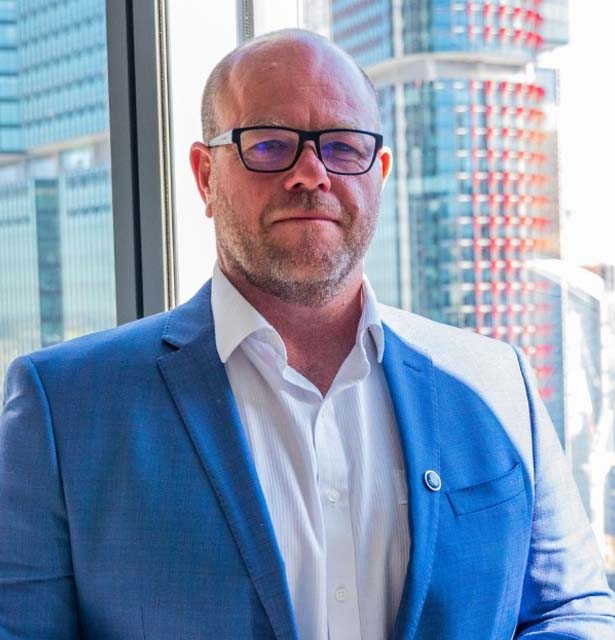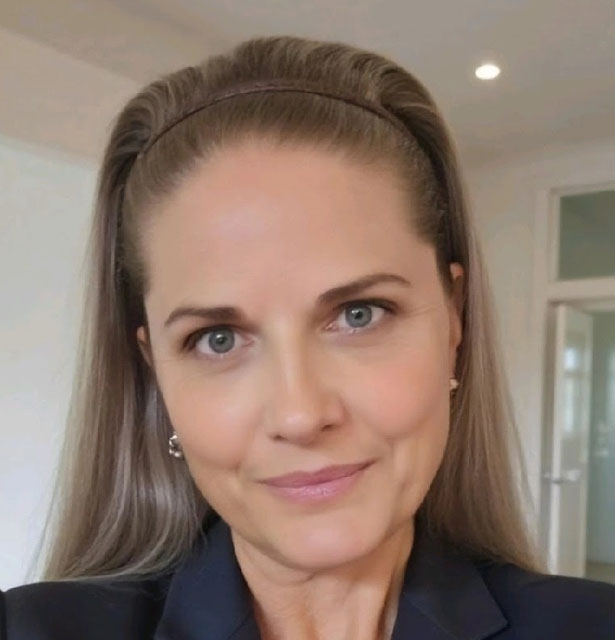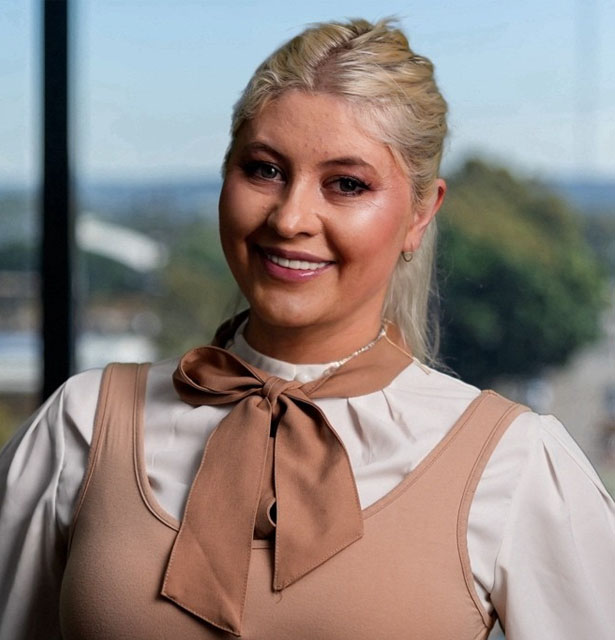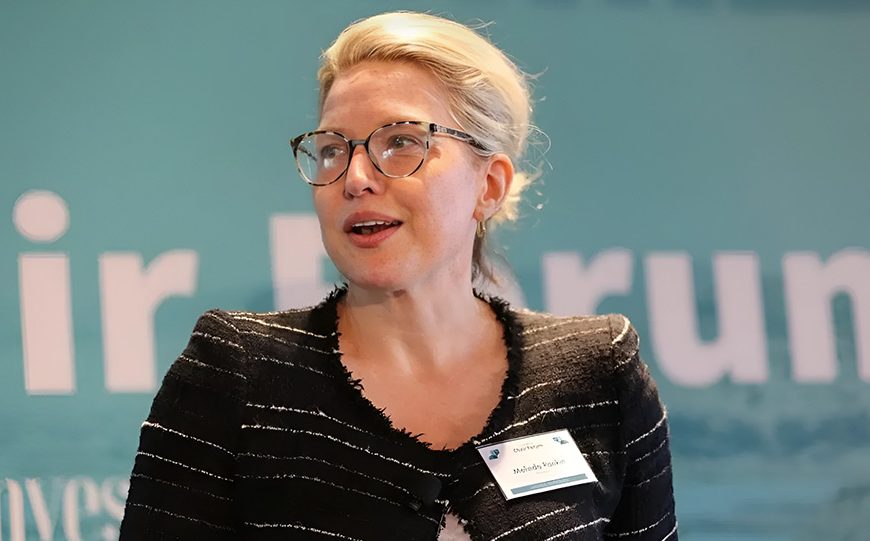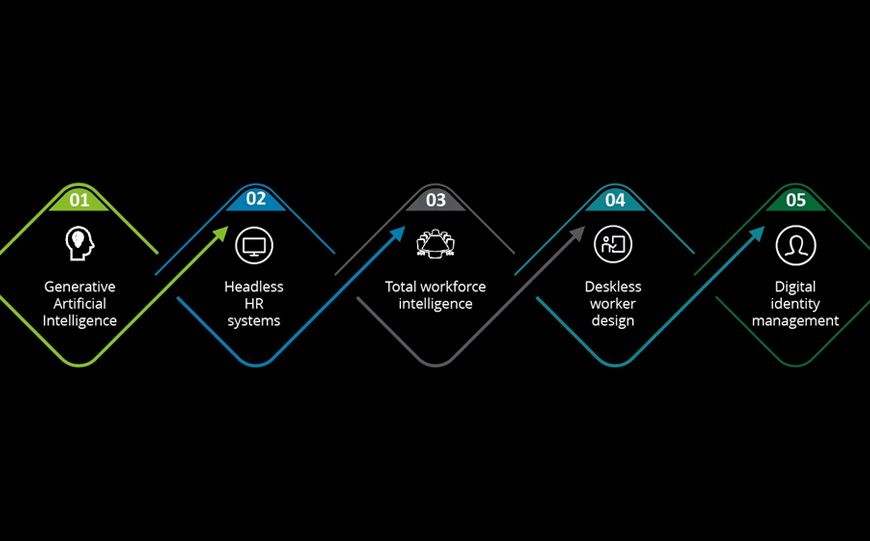In this panel, industry leaders unpack the crucial role of early intervention in workers’ compensation—and why its success hinges not only on process, but on people. As organisations grow and evolve, so do the complexities in how injuries are managed. This discussion explores how clarity in roles and responsibilities, combined with a proactive leadership culture, ensures early
intervention is not just a policy, but a lived practice. From the frontline to C-suite, we’ll explore how expectations are
communicated, how responsibility is shared, and how governed processes are built to reflect real-world dynamics.
Q. In your experience, what does successful early intervention look like in the first 60 minutes or 24 hours, and who exactly should own that responsibility?
Purpose: To Unpack where the process begins, and clarifies who leads the charge at each point.
Q. How do you define and communicate the roles of regional managers, site leaders, and the central claims team in the early stages of an injury—and where do you see the gaps most commonly arise?
Purpose: To target clarity of responsibilities and challenges in communication and execution.
Q. What role should senior leadership play in setting the tone for a culture of early intervention? Can top-down leadership tangibly impact outcomes for injured workers?
Purpose: Ties leadership accountability directly to cultural and performance outcomes.
Q. How can organisations ensure their formal policies and governed processes reflect the actual lived experience of injured workers and managers? What’s the feedback loop between process owners and the people using those processes?
Purpose: To bridges policy and practice, highlighting governance with adaptability and feedback.
INVITED PANELISTS:
MICHELLE BARRATT
Head of Innovation, Arriba Group Regulatory body, TBC
JASON PERIN
Safety, Wellbeing & Injury Management, Keyton
EMMA HAYES
National Operations Lead, Workcom
BETHANIE SUTTON
Early Intervention Manager, Client Services,
Gallagher Bassett
10:50 MORNING TEA & NETWORKING


